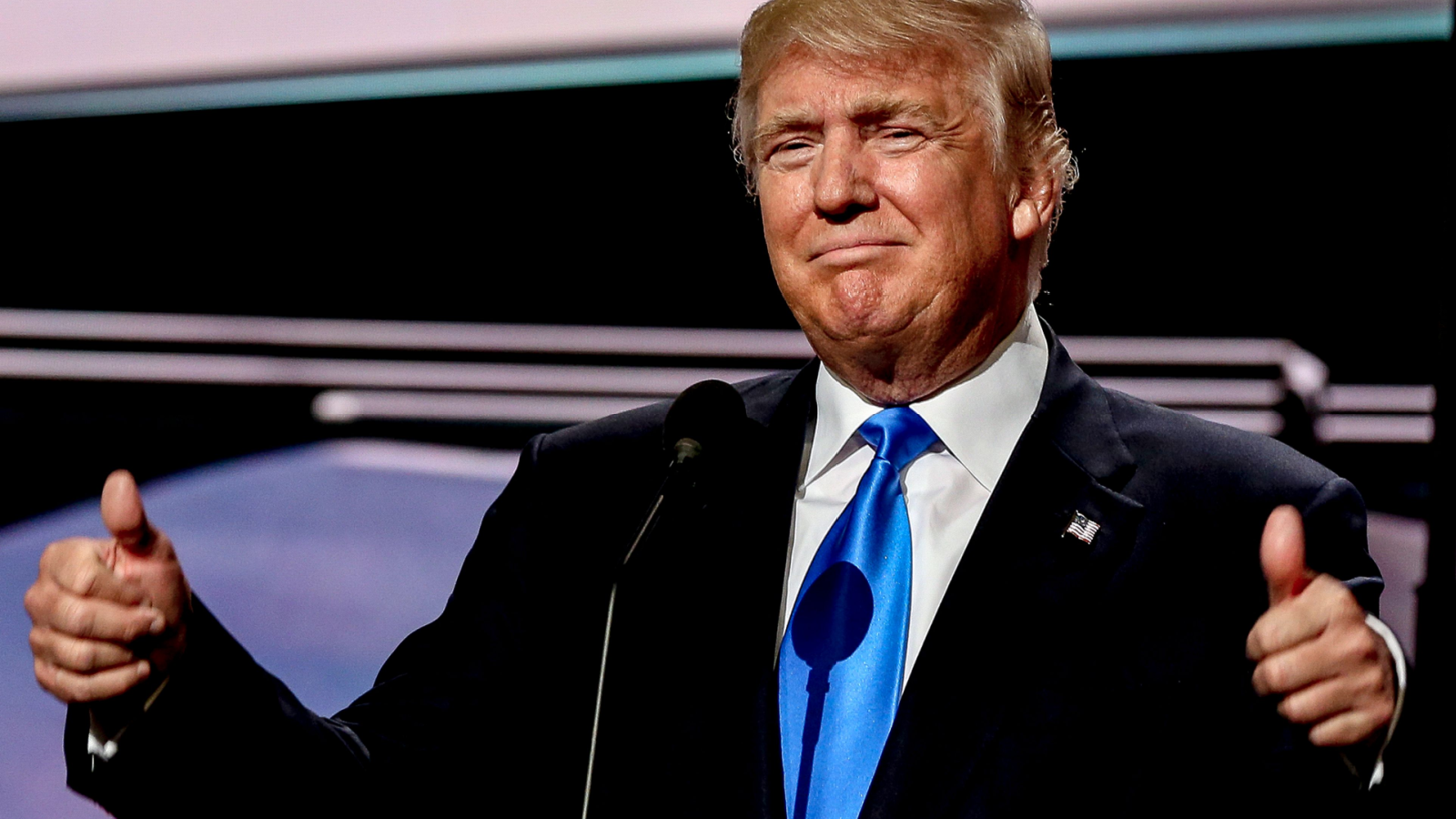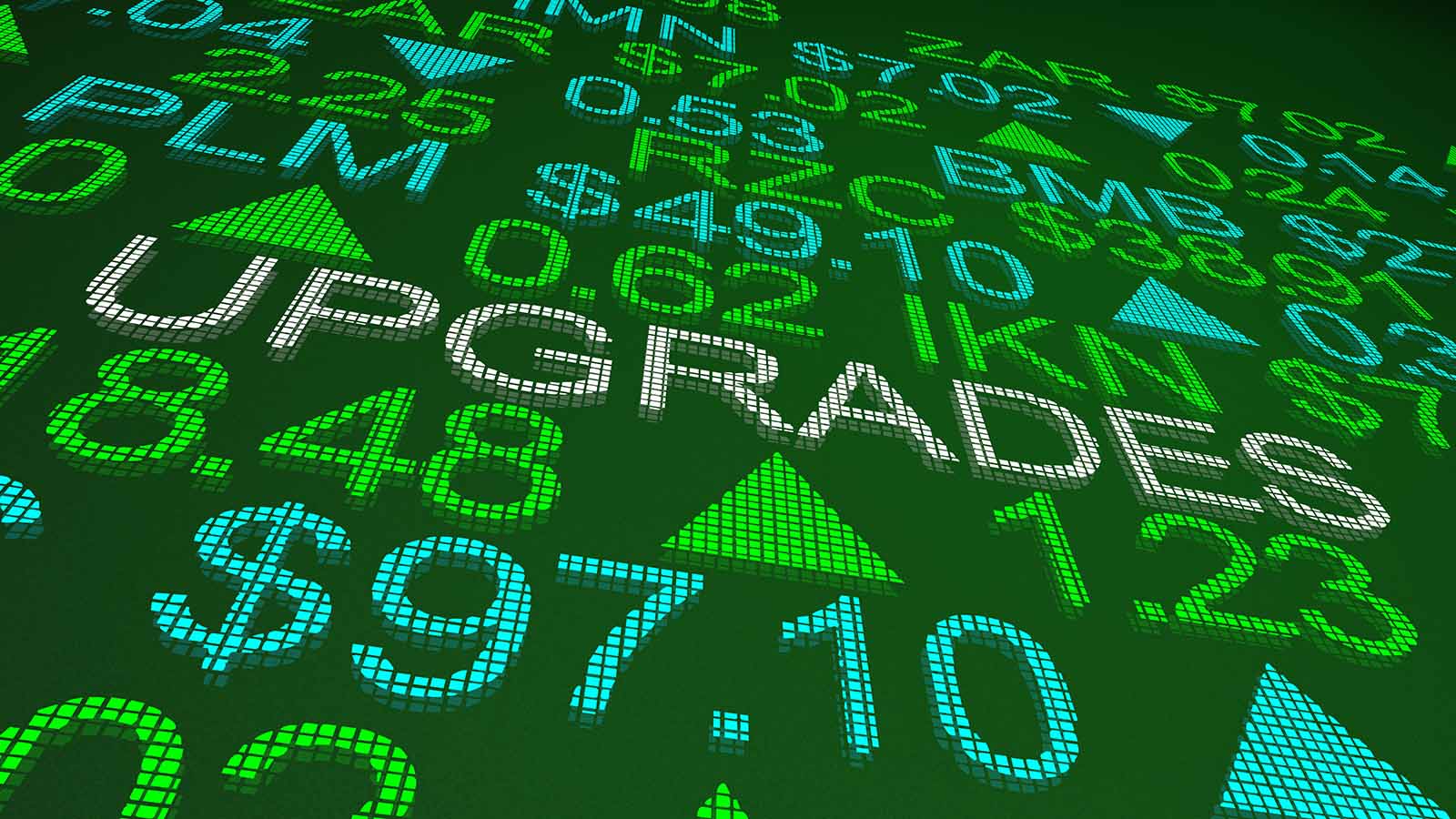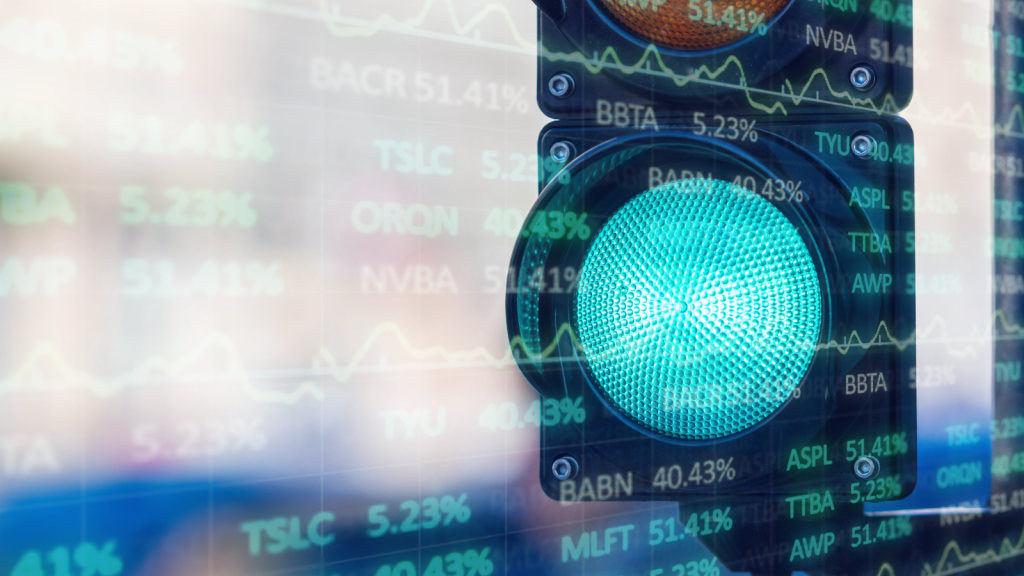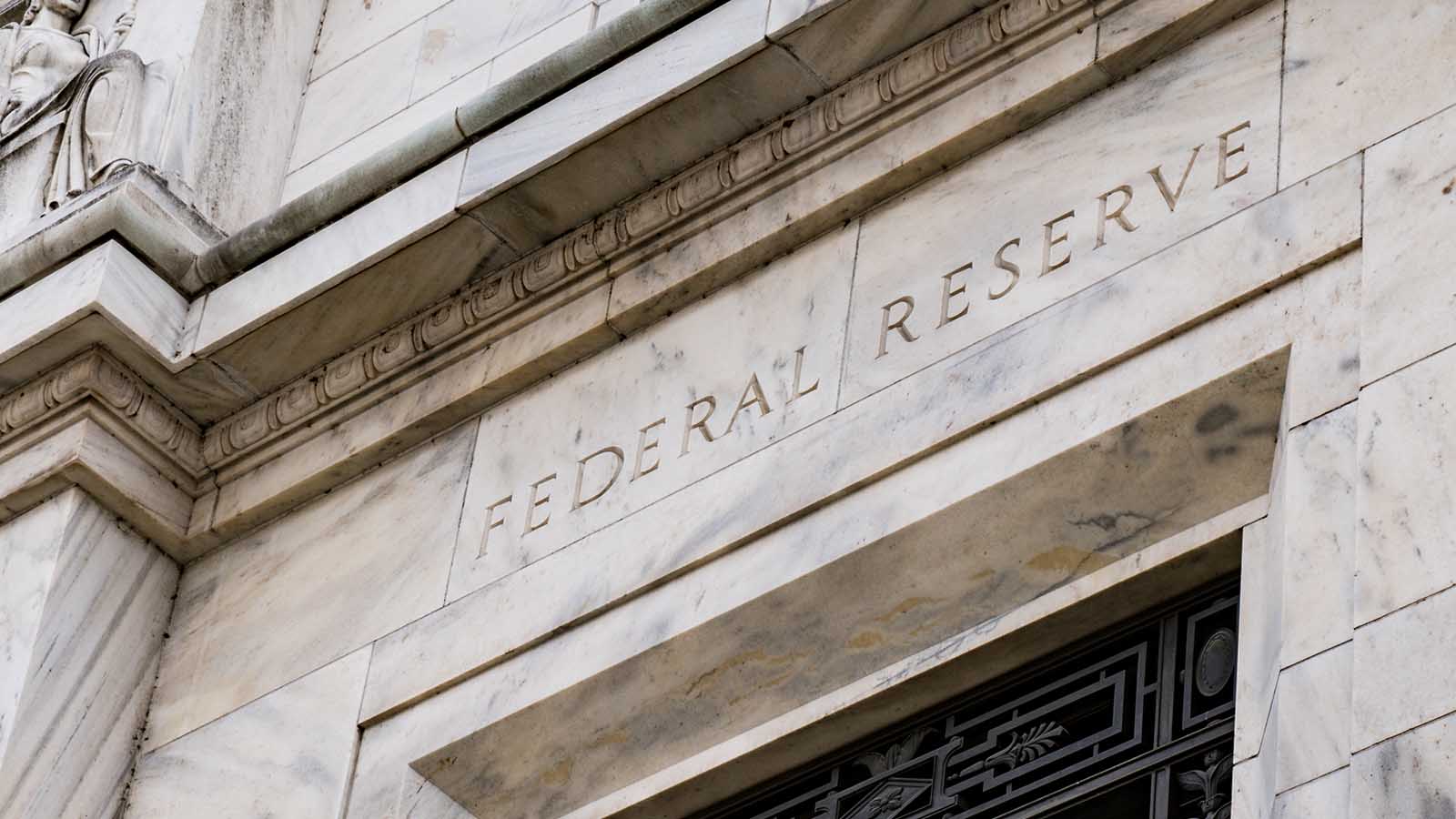AI Pours Jet Fuel on the Technochasm – Which Side Will You Land On?

The biggest wealth shift since the Industrial Revolution is happening right now – and you could be on the wrong side of it…
Editor’s Note: As the waves of tech innovation ripple through our economy and society, it’s going to create unfathomable opportunities.
But it will come at a cost.
You don’t want to find yourself on the wrong side of this gap, which is why I’ve teamed up with my InvestorPlace colleagues Eric Fry and Luke Lango to help you prepare for the shift.
The reality is this “Technochasm” is about to drastically accelerate… so we’re stepping forward to not only warn investors but help them thrive during this next chaotic chapter of AI.
It all leads up to our urgent briefing on Thursday, March 27, at 10 a.m. Eastern where we will be sharing three critical steps you must take now to stay on the right side of this. Click here to immediately save your seat for this free event.
Now, in yesterday’s Market 360, we heard from Eric. So, today I have asked Luke to share his views on the unprecedented waves of change that are headed our way – and how investors can prepare. Without further ado, here’s what Luke had to say…
************
A software engineer with two decades of mastery, Sarah was the backbone of her company – until her firm traded network infrastructure for AI-driven systems.
Now, in her 40s, she’s reskilling from scratch, piecing together a fractured work life while execs toast a stock surge. Her story is foreboding, as tech layoffs continue to spike and investment in AI continues to surge.
Then there’s Jay. A Midwest coder with no fancy degree, he tinkered in his garage with free AI tools in 2023. By 2024, he’d built a marketing automation gem that landed him a multimillion-dollar VC check. No corporate ladder, no Silicon Valley ZIP code – just a guy who saw the wave coming and surfed it to the top.
Reports from the IMF (International Monetary Fund) reveal that in countries where 60% of jobs are exposed to AI (like the U.S. and the U.K.), there’s a rough split between those who benefit from AI and those who are at its mercy. Some high-skilled workers are leveraging AI to command higher salaries. While lower-skilled workers are increasingly being displaced by AI. Meanwhile, the World Economic Forum says AI will spawn 170 million jobs like Jay’s by 2030…
The tech world is splitting in two. The question is: Which side of the chasm are you on?
On one side, execs pop Champagne as AI turbocharges stocks and mints new fortunes. On the other, workers like Sarah watch their careers vaporize overnight, replaced by algorithms they don’t understand. The rules of work and wealth are being rewritten, and most people are still playing the old game.
Five years ago, Eric Fry, Louis Navellier, and myself, spotted this tectonic shift ripping through the economy. We dubbed it “The Technochasm”… and we warned it would split the world into winners and losers.
What we didn’t fully grasp then? Artificial intelligence would pour jet fuel on this divide, turning a chasm into an abyss – overnight.
Forget what you think you know about technology “leveling the playing field.” AI isn’t here to save everyone – it’s here to crown winners and bury losers.
So, today we’ll dig deeper into how exactly artificial intelligence is widening the gulf between the haves and the have nots…
And how you can get to the other side unscathed.
AI’s Next Act: From Brute Force to Intelligent Application
The AI boom started with brute force – big data, bigger budgets, and chipmakers like NVIDIA Corporation (NVDA) cashing in as data centers sprouted like weeds.
This worked … for a while.
That’s why, starting in late 2022, Louis Navellier, Eric Fry, and I first focused on the “picks and shovels” of the AI Revolution – the hardware companies, like Nvidia, that built the infrastructure on which AI stands today.
These “AI Builders” saw their stocks soar as data centers expanded across the country. In hindsight, we nailed that phase.
But we’ve now entered a new, more sophisticated phase of the AI Revolution.
As Yann LeCunn, one of the “Godfathers of AI,” noted, we’re reaching a point where simply scaling up AI models produces diminishing returns. In other words, it’s time to move past the developers of AI and the hardware firms that make their work possible.
The real value is shifting to what we call “AI Appliers” – nimble firms weaving imperfect AI into real-world solutions.
Think less “supercomputer” and more “street-smart disruptor.”
This shift is where fortunes will be made – or lost. It’s no longer enough to simply adopt technology – companies must now integrate AI intelligently into their business models or risk obsolescence.
The proof is in the numbers. Goldman Sachs predicts AI could axe 300 million jobs worldwide. While this may sound like fear mongering, the job losses are already piling up…
In 2024 alone, 200,000 jobs evaporated due in large part to AI – Cisco Corp. (CSCO) slashed 7% of its staff while pumping $1 billion into AI startups.
But there’s two sides to this coin: While some are losing jobs, like Sarah, others are building fortunes, like Jay.
It’s estimated that the AI-fueled stock boom has helped create at least 500,000 new millionaires in the U.S. alone. I suspect the actual number is much higher.
Just look at some of the returns from AI-focused companies:
- AppLovin Corp. (APP), which uses AI for marketing optimization, has skyrocketed over 3,000% since the AI boom began.
- Dave Inc. (DAVE), a digital bank using AI for credit analysis, climbed as much as 500% in roughly one year.
- IonQ Inc. (IONQ), which makes components for AI computing, saw its stock surge almost 600% in just four months.
Meanwhile, the losers are bleeding out, stuck in yesterday’s playbook.
This stark dichotomy between winners and losers is exactly what we predicted with the Technochasm thesis – but AI has accelerated and amplified these trends beyond what anyone imagined.
And we’re just getting started…
Physical AI: The Robots Are Coming
Buckle up. If you think the AI Revolution has been disruptive so far, it’s about to leap off of your screen and into your living room.
We’re now entering what I call the “Physical AI” era, where AI breaks out of the digital realm and enters our physical world through robots, autonomous vehicles, and smart cities.
This stuff isn’t just sci-fi. A lot of it’s already here.
In fact, every major tech company is jumping into humanoid robotics.
- Alphabet Inc.’s (GOOGL) DeepMind recently rolled out Gemini Robotics, a vision-language-action (VLA) AI model that extends Gemini 2.0 to include physical actions.
- Nvidia just launched Cosmos, an AI system designed specifically for humanoid robots.
- Tesla Inc. (TSLA) is already using its Optimus robots in factories and is eyeing your household (and a trip to Mars) next.
- Microsoft Corp. (MSFT) is partnering with Sanctuary AI to build general-purpose humanoid robots.
We could see ~$20,000 humanoid robots for sale by the end of this decade. And by 2030, a $20,000 humanoid robot in millions of homes isn’t a dream – it’s a deadline.
This represents possibly the most disruptive AI advancement yet… and it’s also where most investors get it wrong.
Where the True Opportunity Lies
Most investors focus on high-profile AI model developers, like OpenAI and xAI.
Forget about these companies. While these firms make headlines with their billionaire feuds and breakthrough announcements, the smart cash is chasing AI Appliers – companies rewiring old industries with AI.
These “AI Appliers” will be the true beneficiaries of the Technochasm:
- Web companies are using AI-powered platforms to attract millions of customers by automating website creation.
- Retailers are is using AI to create personalized shopping experiences and optimize their logistics networks.
- Cybersecurity firms are using AI to detect threats in real-time across their networks of clients.
These companies aren’t just adopting AI technology – they’re using it to redefine their industries, creating enormous competitive advantages in the process. And they’re widening the Technochasm daily.
The good news is: This is your shot at a generational windfall.
Look, we called the Technochasm in 2020. So, believe us when we tell you that this is a chasm that companies and individuals either leap across or fall into. There is no middle ground.
Those who listened to us in 2020 banked ~1,350% from Freeport-McMoRan Inc. (FCX) in 11 months, ~1,000% from Nvidia, and upward of 1,200% from Fulgent Genetics Inc. (FLGT) in under two years.
Peanuts, maybe, compared to what’s ahead.
For investors, this creates a once-in-a-generation opportunity. Those who back the right AI Appliers now could see returns similar to what early Amazon.com Inc. (AMZN) or Apple Inc. (AAPL) investors experienced.
Those who cling to companies resisting technological change will see their investments languish or disappear entirely.
This train’s moving – fast.
That’s why on Thursday, March 27th, at 10 a.m. Eastern, I’m going on camera along with my fellow InvestorPlace Senior Analysts Louis Navellier and Eric Fry to share a groundbreaking AI announcement that could make or break investors moving forward.
During that broadcast, Eric, Louis, and I will show you the three critical steps you must take now to stay on the right side of the Technochasm (by clicking this link, you will automatically sign up for our free briefing).
We’ll also explain how a trillion-dollar flood of money could soon surge into AI, thanks to moves by President Donald Trump.
Further, we’ll spotlight some of the stocks poised to dominate this AI-driven divide… and show you how to get on board before the gap grows too wide to cross.
Don’t get left behind this time – reserve your spot immediately by clicking here now! And mark your calendar for 10 a.m. ET this Thursday. We’ll send you an email reminder with the link to join shortly before the event begins.
See you there!
Regards,


Luke Lango
Senior Technology Analyst, InvestorPlace














